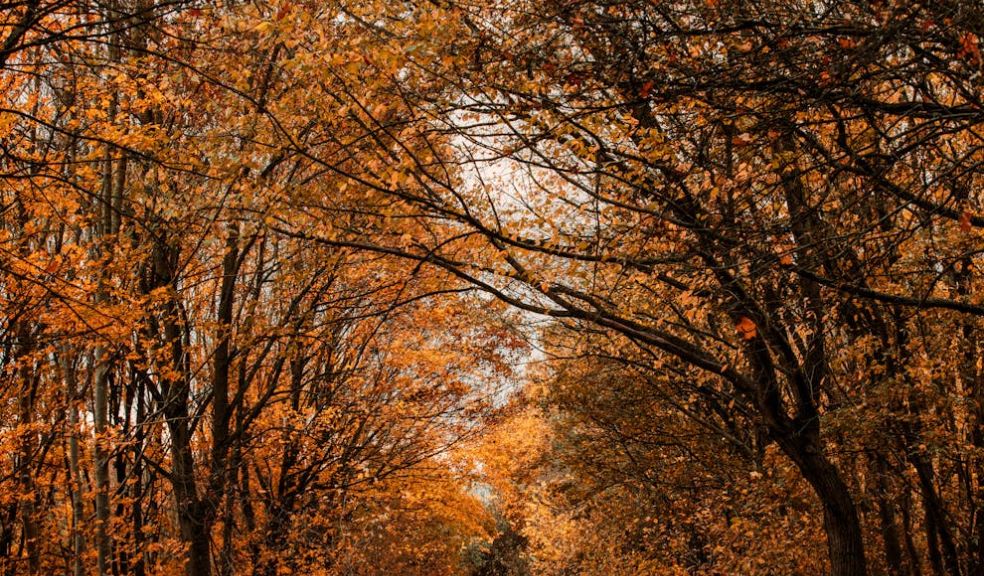
Why leaves change colour in autumn
Autumn is here and this year’s above average rainfall should provide a stunning display of colour.
Trees respond to their environment, so when and why leaves change colour depends on several factors. For the best display, we need the right mix of weather conditions.
Forestry England explains why leaves change colour in autumn:
Trees need sunlight, water, and nutrients to grow. The water and nutrients come from the soil, and the sunlight is captured by the leaves. In spring and summer, leaves use a chemical called chlorophyll to absorb sunlight, which makes them green. Chlorophyll helps turn sunlight into food for the tree, a process called photosynthesis. This food, in the form of sugar, helps the tree grow leaves, flowers, and seeds.
Besides chlorophyll, leaves also have other pigments, like carotenoids (orange) and xanthophylls (yellow), but these are hidden by the green most of the year.
When autumn arrives, days get shorter, temperatures drop, and there’s less sunlight. The trees start breaking down the chlorophyll to save nutrients for the winter. These nutrients are stored in the tree’s roots to protect them from the cold.
As the plants break down the chlorophyll, the green colour disappears from their leaves. What is left behind are other pigments which you normally cannot see, the carotenoids and xanthophylls. Depending on which pigments are found in the leaf, they can turn different shades of yellow or orange or even red.
Anthocyanins (reds) form in some trees in autumn when there is a higher concentration of sugar in the sap in the leaves. The more sunlight a leaf is exposed to, the more sugar is produced; the more sugars that accumulate in the leaf, the more anthocyanins are produced, and the redder the leaf becomes.
The weather has a big impact on how long the autumn colours last. Warmer autumns, due to climate change, can make the colours last into November. However, strong winds or heavy rain can make the leaves fall before their colours fully appear. Early frosts can also cause the leaves to die or drop before they change colour.
To help forests adapt to climate change, Forestry England is planting diverse tree species that will thrive in changing climate conditions. Trees including aspen, wild cherry, hornbeam, small-leaved lime, and oak are among the trees that should bring beautiful colour to our countryside for visitors to enjoy well into the future.
Forestry England invites everyone explore the beauty of the nation’s forests this autumn. Visit www.forestryengland.uk to find a forest near you and plan a visit. Become a member to enjoy free parking for all your visits and make the most of the season.











